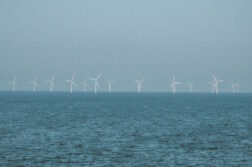National Parks are epicenters for monitoring the effects of Global Change on the country’s natural ecosystems. In this context, mountain lakes are sentinel ecosystems that have already allowed us to verify some of the trends in our mountain ranges (e.g., Pyrenees, Sierra Nevada, Picos de Europa, Central System). So far, most studies have focused on the biogeochenistry or microorganisms using the few available long-term sampling series or the sedimentary record. This project aims to broaden the spectrum towards submerged vegetation, whose response may be slower, but indicative of significant structural changes. In 1987, a synoptic study of the lakes of the Pyrenees was carried out that included 35 localities of the PNASM. This baseline offers a unique opportunity to evaluate the changes that have occurred since then in the submerged plant communities and analyze their causes. We propose to carry out new vegetation inventories in the same lakes accompanied by diagnostic metrics that will allow us to infer possible factors of change. Indicators will include water and sediment characteristics, but also as the presence and identity of introduced fish (salmonids and minnows). These are emblematic lakes in terms of the diversity and development of their macrophyte populations. In each lake, the same transects will be repeated by diving, with a detailed semi-quantitative inventory and sample collection for the study of biomass and eutrophication indicators (e.g., epiphyte load, nitrogen and phosphorus content).
Changes in the flora of the lakes of the Pyrenees
Project CEAB




